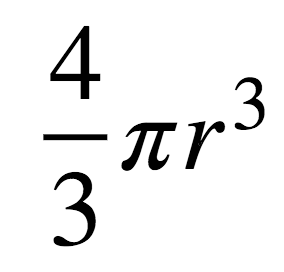Read all of the information on
the course web
page, paying particular attention to my policies for the
semester.
Our course is based on the core ideas of the book Essentials of
Programming Languages by Friedman and Wand. However, we aren't using
it as a textbook this semester, because it is a little too technical for
our purposes. Nevertheless, the Forward by Professor Hal Abelson of MIT
gives an excellent overview of why interpreters are important in computer
science, and why this material is worth studying. Read
the Forward to the book,
substituting the word "course" in place of the word "book" in your mind as
you read.
Read Chapter 1 of The Little Schemer, 4th Edition. Read
each question carefully and slowly, pausing to think about your answer
before going on to the next question. If you don't yet have a copy of the
book, it is available in the SLC Library on 3-hour reserve. As a temporary
measure, a PDF of Chapter 1 is also available on our MySLC class
page
under Handouts. (You'll
need to log into MySLC first.)
Work through my interactive Jupyter
notebook A Quick Introduction to Scheme. To execute a
code cell, simply click anywhere inside the cell and then press
Shift-Return.
Download, install, and
configure DrRacket on your
computer. You'll only need to do this once.
Start DrRacket and create a new blank Scheme file named assign1.scm,
as follows: choose File → Save Definitions As... and type
assign1.scm (always make sure to include the .scm extension in
your filenames!), then click Save. Your Scheme definitions will go in
the upper window. To load your code into Scheme for testing, just click
the Run button in the top right corner. Try this out by typing the
definition
(define pi 3.14159)
in the upper window, then clicking Run and typing pi at the
Scheme prompt in the lower window. It should return 3.14159.
Write and test the function (sphere-volume radius), which
takes a radius value as input and calculates the corresponding volume of a
sphere using the symbol pi and the formula below:

Examples:
(sphere-volume 1) → 4.188786666666666
(sphere-volume 3) → 113.09723999999999
(sphere-volume 0) → 0
Write and test the function (absolute-value n), which
takes a number n as input and returns its absolute value. You are
not allowed to use Scheme's built-in abs function for this
problem. Instead, use cond to check if n is less than
0. Examples:
(absolute-value -3) → 3
(absolute-value 3) → 3
(absolute-value 0) → 0
Write and test the function (distance x1 y1 x2 y2), which
takes four numbers as input, in the order shown, representing the coordinates
of two points (x1, y1) and (x2, y2), and computes the distance
between the points using the formula below. Hint: The square root function
in Scheme is called sqrt.

Test your function thoroughly. Examples:
(distance 1 2 4 6) → 5
(distance 1 1 2 2) → 1.4142135623730951
(distance 4 0 -6 3) → 10.44030650891055
Write and test the function (replace-first new ls),
which takes a symbol new and a list of symbols ls as input,
and returns a new version of ls with the first symbol replaced
by new. If ls is empty to begin with, an empty list is
returned as the result. Examples:
(replace-first 'apple '()) → ()
(replace-first 'apple '(chocolate sauce yum)) → (apple sauce yum)
(replace-first 'blue '(green eggs and ham)) → (blue eggs and ham)
(replace-first 'nobody '(Sam loves green eggs and ham)) → (nobody loves green eggs and ham)
(replace-first 'margarine '(butter)) → (margarine)

